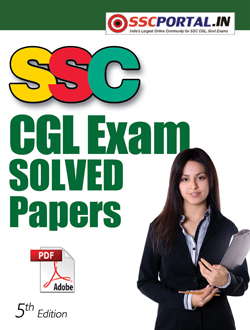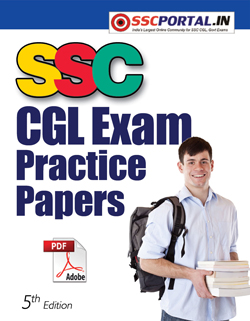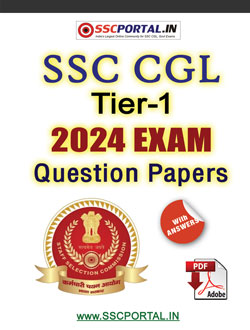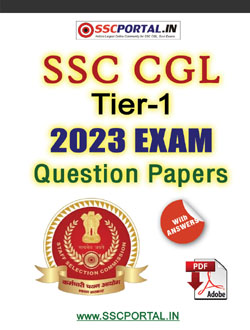Study Material for SSC CGL, CHSL, MTS, Prasar Bharti, FCI Exams : Volume and Surface Area of Solid Figures
Volume and Surface Area of Solid Figures
Solid
Anything that occupies space is called a Solid. In addition to area, a solid figure has volume also. It has three dimensions namely, length, breadth and height. For solid two different types of areas namely, lateral surface area or curved surface area and total surface area are defined.
1. Prism
A solid having two congruent and parallel faces, called bases and whose other faces, the lateral faces are parallelograms, formed by joining corresponding vertices of the bases is called a Prism.
2. Right Prism
A prism in which bases are perpendicular to the lateral edges is called a Right Prism. The base of the prism can be a polygon.
In a right prism
- Number of lateral surfaces = Number of sides of the base of the prism
- Total number of surfaces of a prism = Number of lateral surfaces + 2
- Lateral surface area = Perimeter of base × Height
- Total surface area = Lateral surface area + 2 (Area of base)
- Volume = Area of base × Height
3. Cuboid
A right prism in which the base is a rectangle is called a Cuboid. If l is the length and b the breadth of the base and h the height, then
Lateral surface area = 2 (l + b)h sq unit
Total surface area = 2(l + b)h + 2lb = 2 (lb + bh + lh) sq unit
Volume = lbh cu unit
The longest diagonal of the cuboid =
 unit
unit






